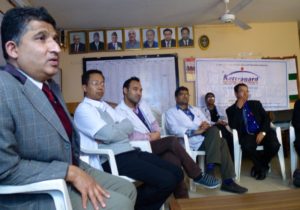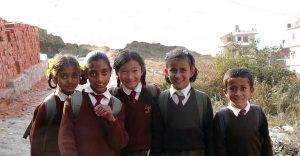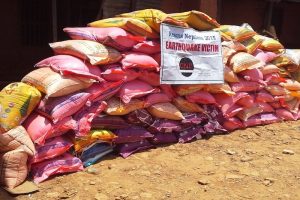 It all began in Nepal in 2009. I was a visiting professor at the teaching hospital in Kathmandu. Until then, all my experience had been in North American hospitals where my patients could expect modern intraoperative technology and extensive rehabilitation services. I could safely assume that they would have enough to eat, would take their medications and be supported after surgery.
It all began in Nepal in 2009. I was a visiting professor at the teaching hospital in Kathmandu. Until then, all my experience had been in North American hospitals where my patients could expect modern intraoperative technology and extensive rehabilitation services. I could safely assume that they would have enough to eat, would take their medications and be supported after surgery.  Hence my new found interest in nutrition and disease prevention. If I was going to commit my time and effort to helping women in low resource settings at home and abroad, it seemed more appropriate to prevent disease than treat it, especially when prevention was cheap and effective.
Hence my new found interest in nutrition and disease prevention. If I was going to commit my time and effort to helping women in low resource settings at home and abroad, it seemed more appropriate to prevent disease than treat it, especially when prevention was cheap and effective. Women are encouraged to attend a local health post when they become pregnant, but that may be a 3 hour walk away. At the end of the first trimester, they will receive folic acid and iron pills from the government, if available. Unfortunately, this is too late to prevent neural tube defects.
Women are encouraged to attend a local health post when they become pregnant, but that may be a 3 hour walk away. At the end of the first trimester, they will receive folic acid and iron pills from the government, if available. Unfortunately, this is too late to prevent neural tube defects.  The earthquake on April 25,2015, was a terrible event for Nepal. Fortunately none of our colleagues were hurt in the earthquake, but everyone was affected. Our Nepal team said that if GNE was able to raise funds, that they would do the work to provide earthquake relief. We did. Initially they distributed food and tarps to badly damaged villages. Then they built 23 temporary school. Finally 2 permanent structures were built. One is a community development center in Sindupawlchuk. The other is a two room school in rural Myagdi district. Both are providing valuable services to their communities. All the earthquake relief monies have now been spent.
The earthquake on April 25,2015, was a terrible event for Nepal. Fortunately none of our colleagues were hurt in the earthquake, but everyone was affected. Our Nepal team said that if GNE was able to raise funds, that they would do the work to provide earthquake relief. We did. Initially they distributed food and tarps to badly damaged villages. Then they built 23 temporary school. Finally 2 permanent structures were built. One is a community development center in Sindupawlchuk. The other is a two room school in rural Myagdi district. Both are providing valuable services to their communities. All the earthquake relief monies have now been spent.